Tamping Soil: The Ultimate Guide to Choosing the Right Tool
Soil tamping is an essential task in gardening and construction that involves compressing soil to increase its density and stability. It is an important process that helps ensure the success of construction projects, such as building foundations and retaining walls, by creating a solid base for structures. In gardening, tamping soil can improve the growth of plants by providing better soil structure, water retention, and aeration.
Proper soil compaction can also prevent soil erosion and improve drainage. Overall, soil tamping plays a critical role in ensuring the stability and longevity of structures and plants, making it an important aspect of gardening and construction.
Contents
Tools for Tamping Soil
There are several tools available for tamping soil, each with their own advantages and uses. Here are some of the most used tools for tamping soil:
Hand Tamper
- Hand tamper is a simple tool that consists of a flat metal plate with a long handle. It is typically used for small tamping projects and is ideal for creating a level and compact base for paving stones or small retaining walls.
- Hand tamper is lightweight, easy to use, and affordable, making it a popular choice for gardening and small residential projects.
Plate Compactor
- Plate compactor is a power tool that uses vibrations to compress soil. It is more efficient than hand tampers and suitable for larger tamping projects. It comes in different sizes, with larger machines used for compacting more dense soils.
- Plate compactors are commonly used in landscaping and residential construction projects such as creating a base for patios, walkways, and retaining walls. In addition, plate compactors can be used in gardening to prepare soil for planting or to compact gravel driveways.
Tamping Rammer
- Tamping Rammer, also known as a jumping jack or a vibratory rammer, is a machine used in construction to compact soil, gravel, or other loose materials. It consists of a gasoline engine that powers a tamping foot or plate that vibrates rapidly, which helps to compress the material underneath it.
- Tamping rammers are commonly used in construction to prepare the ground for building foundations, roadworks, and landscaping projects.
Pneumatic Tamper
- A Pneumatic Tamper is a machine that uses compressed air to drive a piston that delivers repeated impacts to the soil surface. These impacts help to compact the soil and remove any air pockets or voids.
- Pneumatic tampers are commonly used in industrial settings and construction sites to compact large areas of soil quickly and efficiently. They are especially useful for compacting dense or hard-to-reach soil, such as those found around pipelines, in trenches, or in confined spaces.
Choosing the Right Tool
When choosing a tamping tool, there are several factors that should be considered, including the type of soil, the size of the project, and budget.
Here are some of the factors to consider
Soil Type
- The type of soil being compacted is an essential factor when choosing a tamping tool. Some soils are more difficult to compact than others, and certain tools may be better suited for specific soil types.
- For instance, hand tampers are typically better suited for loose and sandy soils, while pneumatic tampers are more suitable for compacting dense and rocky soils.
Project Size
- The size of the project is also an important consideration when choosing a tamping tool. Small projects, such as paving a small patio or installing a garden pathway, may only require a handheld tool, such as a hand tamper or tamping rammer.
- Larger projects, such as constructing a retaining wall or laying a new driveway, may require a larger machine, such as a plate compactor or pneumatic tamper.
Budget
- The cost of the tool is another important consideration. Hand tampers are relatively inexpensive and may be suitable for small projects.
- Plate compactors and pneumatic tampers can be more expensive but may be necessary for larger projects or compacting difficult soils.
Here are the pros and cons of each tamping tool
Hand Tampers
- Pros: Easy to maintain, simple design with no moving parts, minimal noise and vibration.
- Cons: Limited force, only suitable for small projects, can cause strain on the user’s wrist and arm.
Plate Compactors
- Pros: Can cover large areas quickly, high compaction force, adjustable vibration settings for different soil types.
- Cons: Require fuel or electricity, can be heavy and difficult to maneuver, may not be suitable for tight spaces or small residential projects.
Tamping Rammer
- Pros: High compaction force, easy to maneuver in tight spaces, low noise levels.
- Cons: Can be heavy and difficult to lift, require regular maintenance and tuning, may not be suitable for large construction projects.
Pneumatic Tampers
- Pros: Extremely powerful and efficient, can handle the most dense soils, can be used for larger projects and cover more area in less time, Less strain and fatigue on the operator due to air-powered operation.
- Cons: Expensive and require access to a compressed air source, can be heavy and difficult to maneuver, it can cause damage to delicate plants and structures if not used properly.
When choosing a tamping tool, there are several factors that should be considered, including the type of soil, the size of the project, and budget.
Here are some of the factors to consider
Soil Type
- The type of soil being compacted is an essential factor when choosing a tamping tool. Some soils are more difficult to compact than others, and certain tools may be better suited for specific soil types.
- For instance, hand tampers are typically better suited for loose and sandy soils, while pneumatic tampers are more suitable for compacting dense and rocky soils.
Project Size
- The size of the project is also an important consideration when choosing a tamping tool. Small projects, such as paving a small patio or installing a garden pathway, may only require a handheld tool, such as a hand tamper or tamping rammer.
- Larger projects, such as constructing a retaining wall or laying a new driveway, may require a larger machine, such as a plate compactor or pneumatic tamper.
Budget
- The cost of the tool is another important consideration. Hand tampers are relatively inexpensive and may be suitable for small projects.
- Plate compactors and pneumatic tampers can be more expensive but may be necessary for larger projects or compacting difficult soils.
Tips for Effective Soil Tamping
Effective soil tamping is crucial for achieving the desired soil density and stability. Here are some tips to help achieve effective soil tamping:
Use Proper Technique
It’s essential to use the proper technique when tamping soil. For hand tampers and tamping rammers, use a straight up and down motion and apply even pressure across the surface. For plate compactors and pneumatic tampers, follow the manufacturer’s instructions for proper usage.
Work in Layers
To achieve the desired soil density, it’s essential to work in layers. Add small amounts of soil and compact each layer before adding more. This helps ensure even compaction and reduces the risk of air pockets.
Wet the Soil
Moist soil is easier to compact than dry soil. Water the soil lightly before tamping to help achieve the desired density.
Use the Right Tool
As mentioned earlier, choosing the right tool for the job is crucial for achieving effective soil tamping. Make sure to choose the appropriate tool based on the soil type and project size.
Test the Soil:
To ensure that the soil is compacted to the desired density, test the soil periodically during the tamping process. A soil density test can be performed using a soil density gauge or by measuring the soil’s compaction with a penetrometer.
Conclusions
In conclusion, soil tamping is an important step in gardening and construction projects, and choosing the right tool is crucial for achieving the desired results. Hand tampers may be suitable for small projects and loose soil, while larger projects and denser soils may require a more powerful and efficient tool such as plate compactors or pneumatic tampers. Factors to consider when selecting a tamping tool include soil type, project size, and budget.
Effective soil tamping requires proper technique, working in layers, wetting the soil, using the right tool, testing the soil, and proper time and resource management. The study’s tips and guidelines can assist in the selection and effective use of appropriate tools for tamping soil, resulting in the desired outcome for gardening and construction projects.
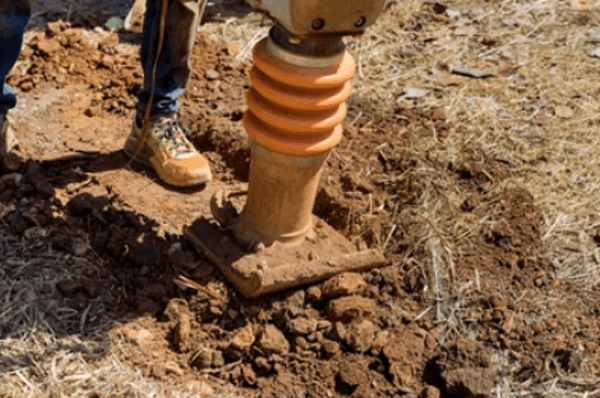
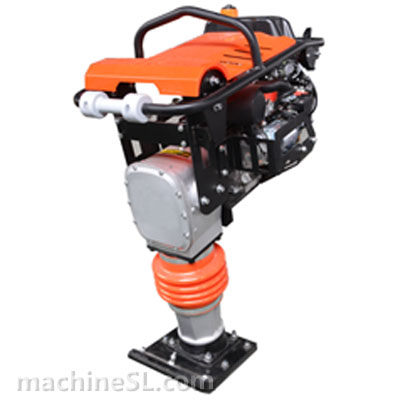
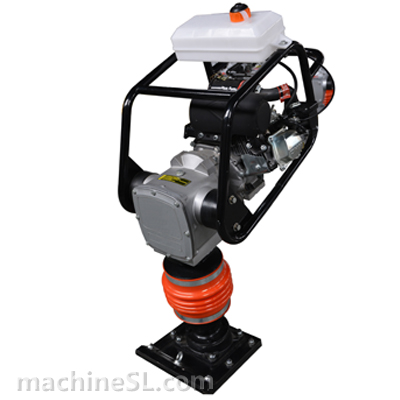
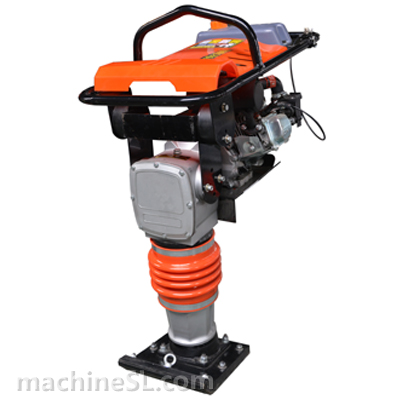
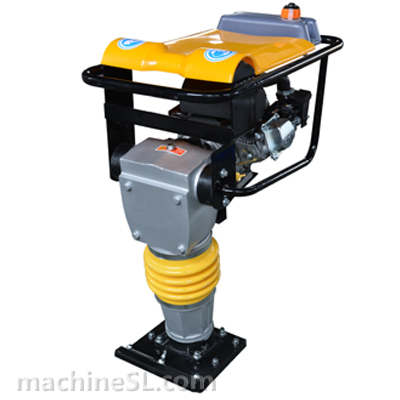
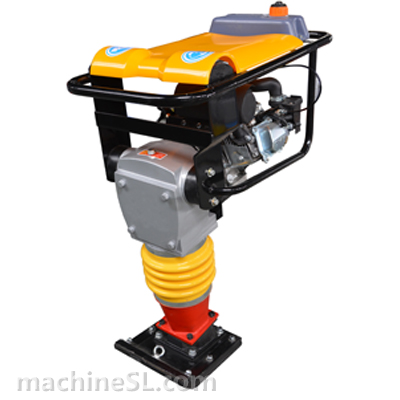
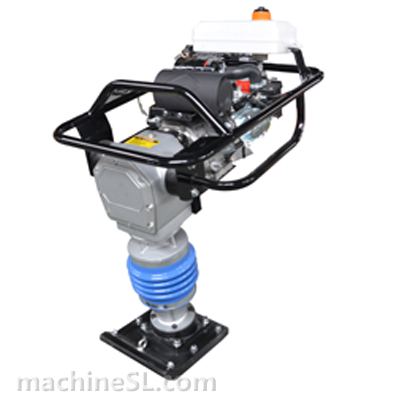
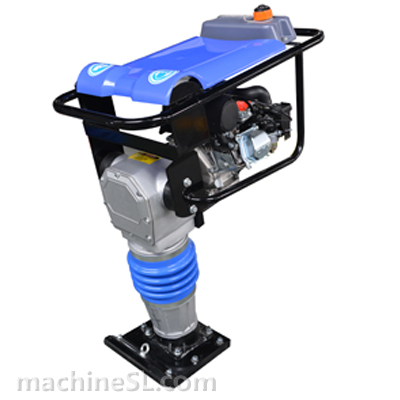
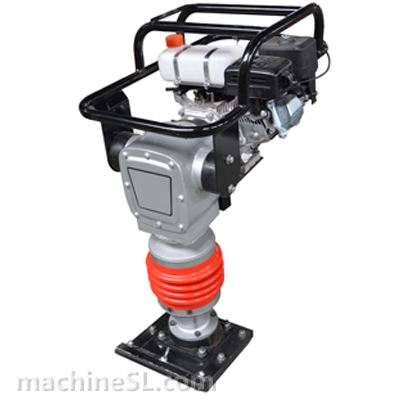
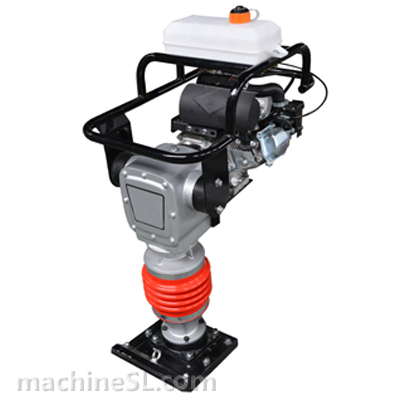
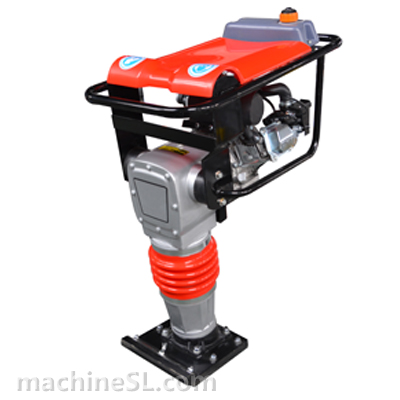
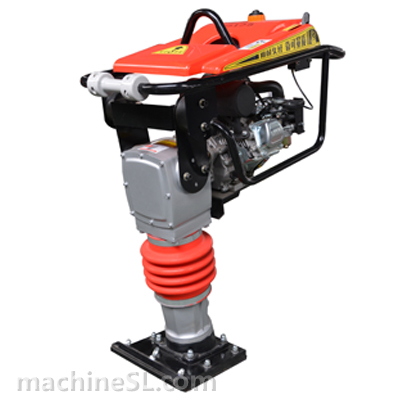
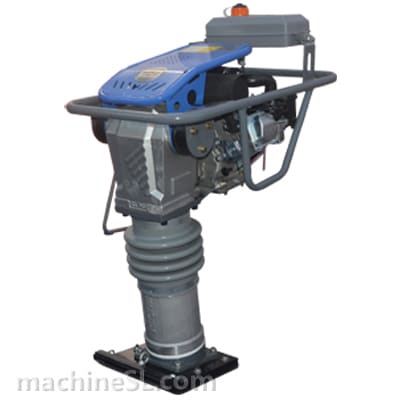
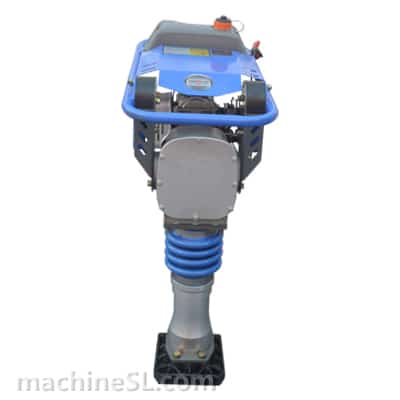
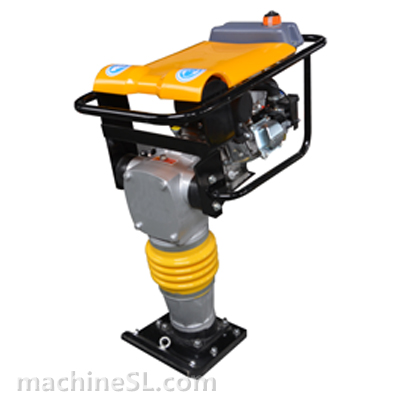
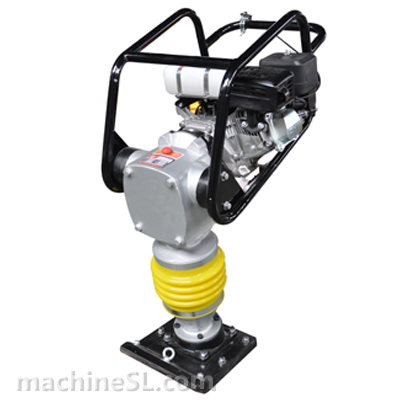
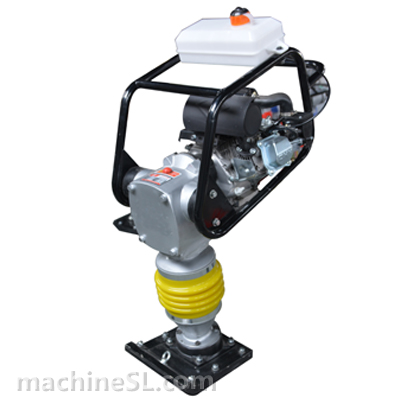
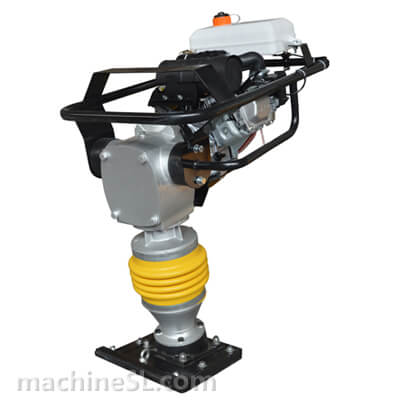
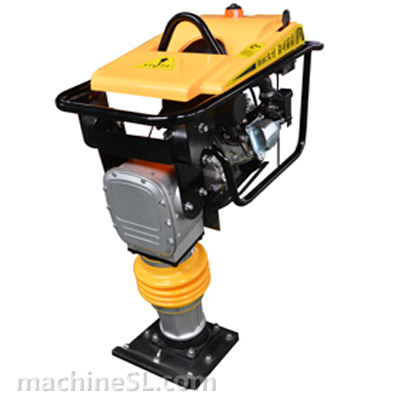
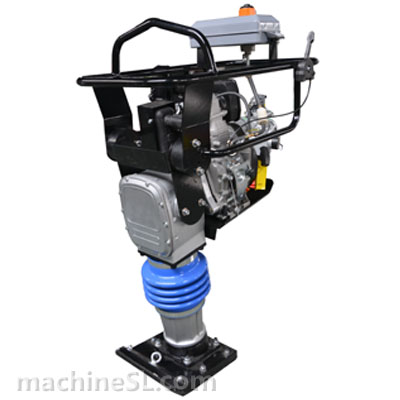
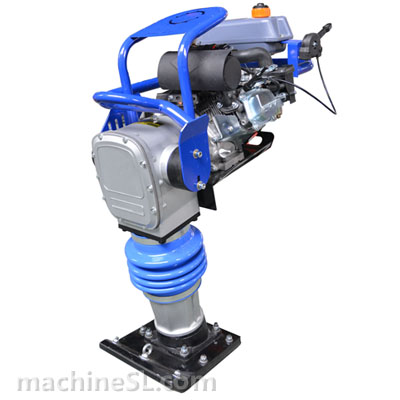
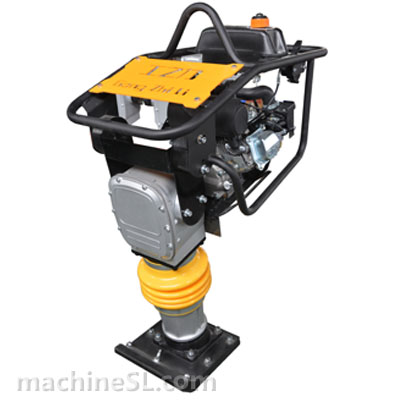
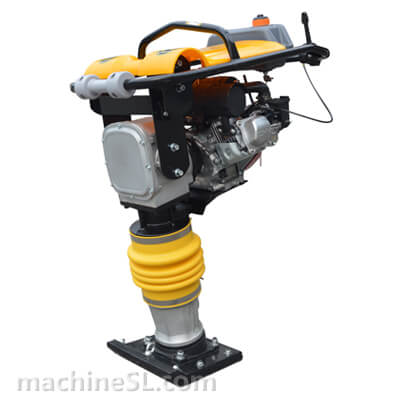
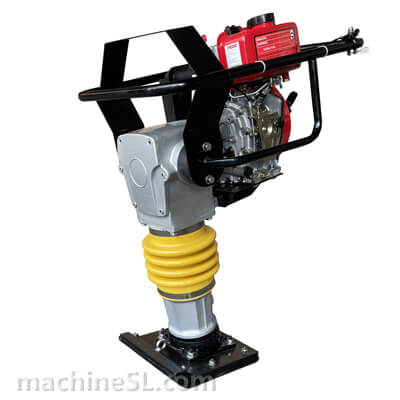
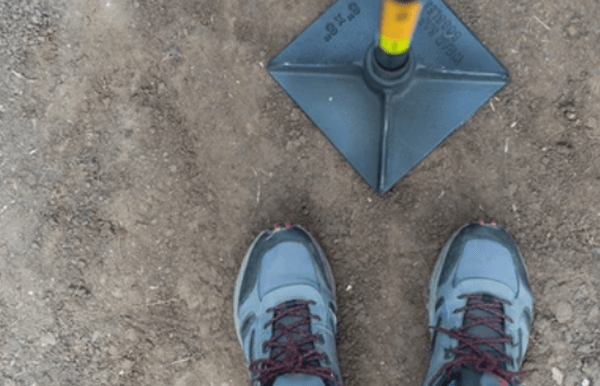
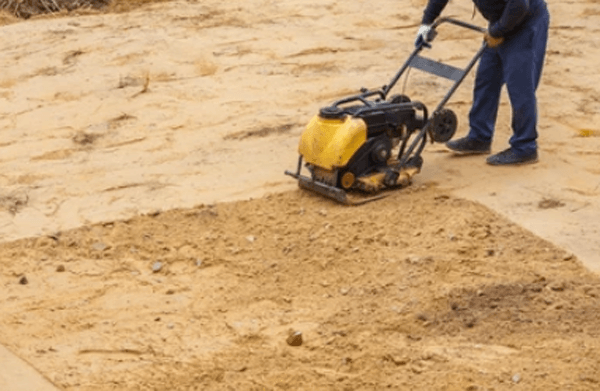
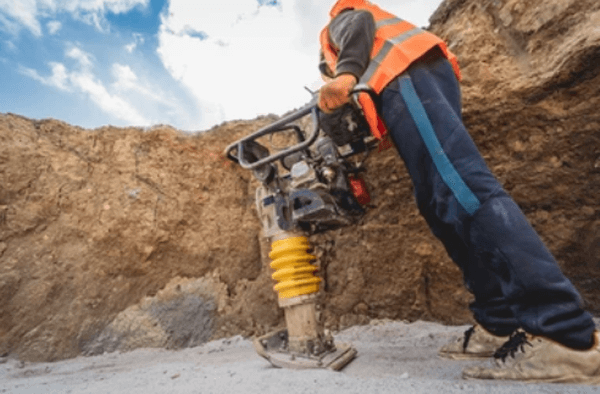
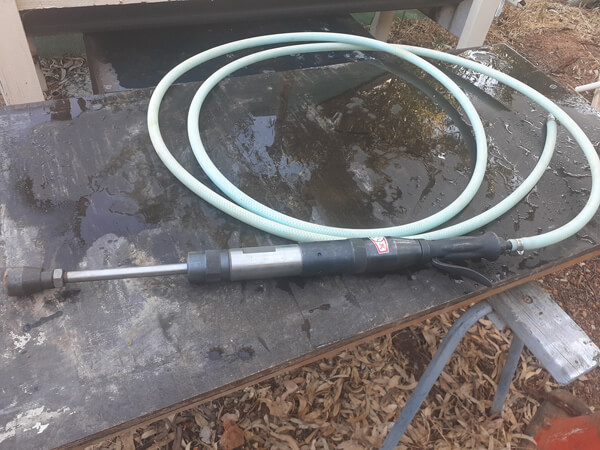
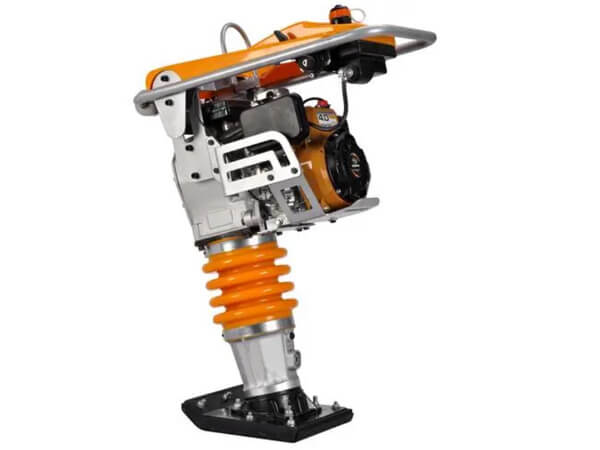
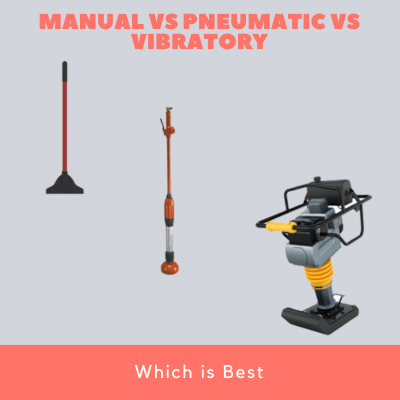
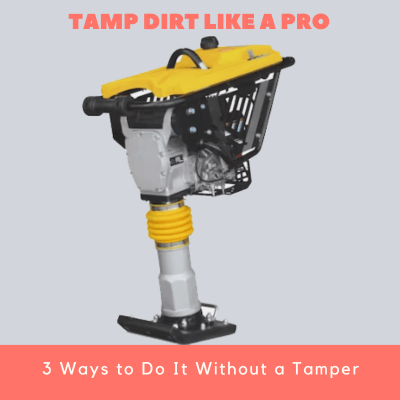
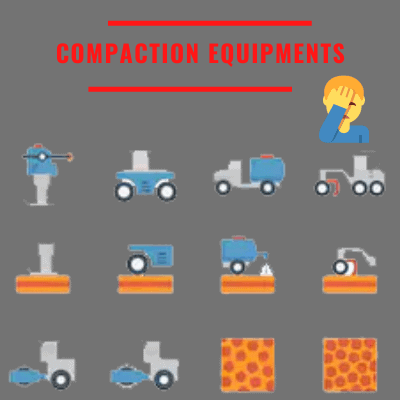
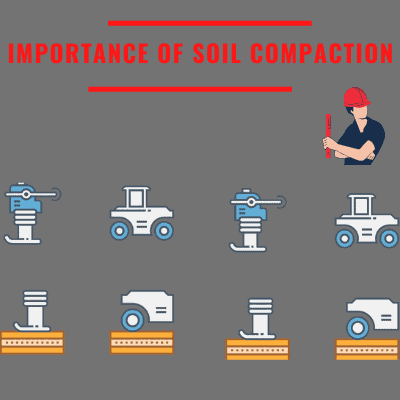
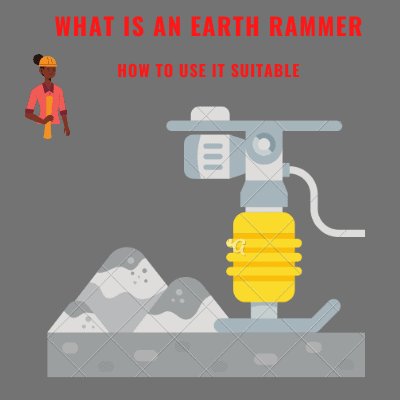
Leave A Comment